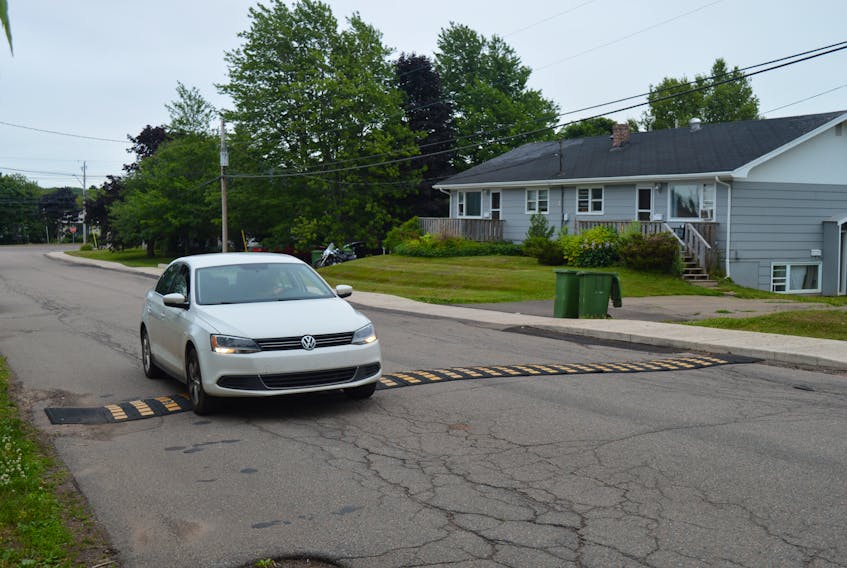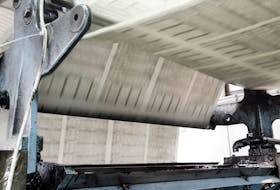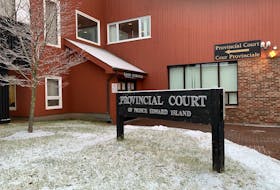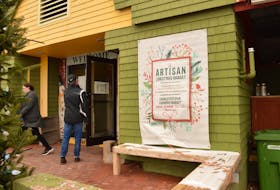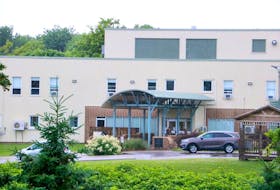CHARLOTTETOWN, P.E.I. — The City of Charlottetown is trying to make things easier for residents who want to slow down traffic on their street.
City council will vote on a policy at its next regular public meeting, Aug. 10, that centres on the application process for speed humps, one of the traffic calming devices the city uses.
There are a number of speed humps throughout the city now, but there are a number of procedures in place that determine where they go.
This new policy aims to take that decision out of administration’s hands and put it in the hands of residents. It will enable a resident of a single street to contact City Hall, request the proper form and have it emailed to them. The only catch is that the form must contain the names of at least of two-thirds of the residents on that street.
Did you know?
- Speed humps are used for residential streets or connector roads where traffic needs to flow smoothly but excessive speed will endanger pedestrians. Playground and school zones often use these in traffic management.
Normally, one resident could take that upon themselves and just go door to door and collect signatures, but these aren’t normal times.
Coun. Mike Duffy, chairman of the public works committee which discussed this issue recently, said the city will make an exception in this case.
“In all of our programs, we're trying to minimize having people meeting people and exchanging things with people,’’ Duffy said following the meeting. “Going door to door is frowned upon so it can be done verbally by phone, until further notice.’’

All the resident has to do in this case is have two-thirds of the names of the people on the street on the list. Of course, common courtesy would be to ask those neighbours first.
Duffy noted that when it comes to placing the actual speed bumps on a selected street, the resident whose driveway is closest to the actual calming device would have to agree to it.
Scott Adams, manager of public works, said the point of the policy is to develop a guiding document. He noted that these speed humps are one way to address speeding on residential streets but added that they are not a cure-all solution — there have been issues where people slow down before driving over the device only to speed up again.
Coun. Mitchell Tweel said while he’s in favour of slowing traffic down those speed humps can pose a hazard to cyclists. Tweel wondered if the ends of the humps could be cut off to protect those on bicycles.
Adams replied that the problem with that is people will then often aim for the side of the road to avoid having all four wheels going over the hump, and that puts cyclists at an even greater risk.

